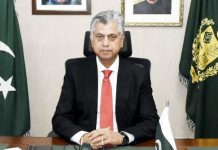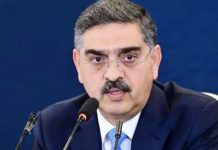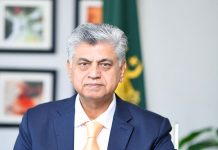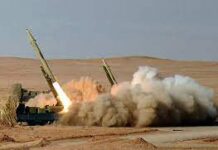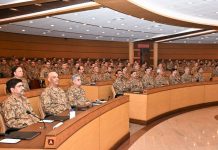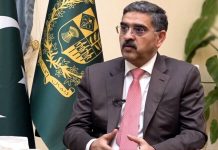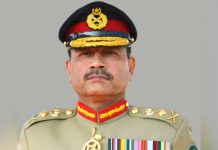
Anticipating public backlash to the move on August 5, India deployed tens of thousands of additional troops and swept a dark, virtual curtain across the occupied valley with a communications blackout, travel curfews, and roadblocks. The government has repeatedly assured the world that life there is getting back to normal and any unrest has been minor.
But scraps of information trickling out of the region tell a different story.
Officials in Srinagar, the capital of Indian-held Kashmir, tell of mass detentions and residents say tear gas and pellet guns are being used against Kashmiri citizens and restrictions on movement are still in place. Two local officials told CNN that more than 2,000 people were detained in Jammu and Kashmir in the days leading to, and after, the August 5 decision, including political leaders, elected representatives, lawyers, activists, businessmen and students. “The government wants us to believe everything is normal. But we still find out about protests, tear gas, injuries despite the continued communication blockade,” said shopkeeper, Mushtaq Ahmad, 35, who lives in uptown Srinagar. “Everything is still shut in the city and around us, and the movement is almost impossible when the restrictions are in place.”
The CNN has repeatedly reached out to the Jammu and Kashmir administration and the country’s home ministry about the restrictions, protests and number and nature of injuries, but haven’t received a response.
“The local youth engage in stone pelting in the evening when the Indian security forces start to withdraw for the day. The security forces respond by firing tear gas,” Ayub, 33, who only goes by one name, said from the Saraf Kadal locality in downtown Srinagar. “For the past 20 days or so, this has become almost a daily routine in my neighborhood, which sometimes results in injuries to the protesters. How is this normal?” The local government has said its actions in Kashmir, on communications and freedom of movement in the region, is necessary for public order and peace. “Restrictions on connectivity continue as a result of security requirements,” the state government said in a statement on August 12.
Officials have repeatedly said the restrictions will be lifted in phases but have not provided a definitive timeline, leaving the entire region in confusion. The Jammu and Kashmir government said restrictions in parts of the state have already been completely lifted.
Currently, only some landline telephone services have been restored in the Kashmir valley, and there is still no mobile or internet connectivity. Furthermore, in the city of Srinagar, there is a heavy presence of paramilitary soldiers, with checkpoints every 200 meters.
In some places, restrictions prohibit gatherings of more than three people remain in place, police demand identification and a vehicle check at each checkpoint, and fears of violence are keeping residents inside their homes after sunset.
In parts of Srinagar, shops are boarded up and the streets deserted due to the continued presence of Indian paramilitary soldiers. Roadblocks have also made it tougher for the sick to reach hospitals, locals tell CNN.
In the city’s SMSH hospital, Mushtaq Ahmad said he traveled for eight hours through the night from his home in North Kashmir’s Kupwara district so his 8-year-old son, Khurshid Ahmad, could receive eye surgery.
Rafiq Ahmad, 32, said he had to rush his nephew Rahat Iman, 5, to the hospital because of a throat infection and high fever. Driving from his home in South Kashmir’s Shopian town 85 kilometers away, Ahmad said, “Everything is closed en route. And there are roadblocks on the highway to Srinagar.”
The state government said in its official Twitter page that essential drugs are available at government shops and private retailers, and most chemist shops remain open in Srinagar and 65% across the Kashmir valley.
Meanwhile, reports said India has planned to hire tens of thousands of government workers in the occupied valley. Satya Pal Malik, the New Delhi-appointed governor, called it the largest recruitment drive in the disputed region, with officials planning to fill up 50,000 vacancies in various government departments in the next few months.
At a news conference in Srinagar, Malik also announced that the government is willing to commit $700 million to help apple farmers. Indian authorities believe the move will expand the region’s economy, to which horticulture, particularly apple orchards, is critical.
Malik assured people of peace and said ‘normalcy’ will soon return to occupied Kashmir. He said mobile phone services in 10 districts of occupied Jammu and Kashmir will be restored and mobile phone services also will be back in the northern Kupwara and Handwara police districts in the Kashmir valley.


